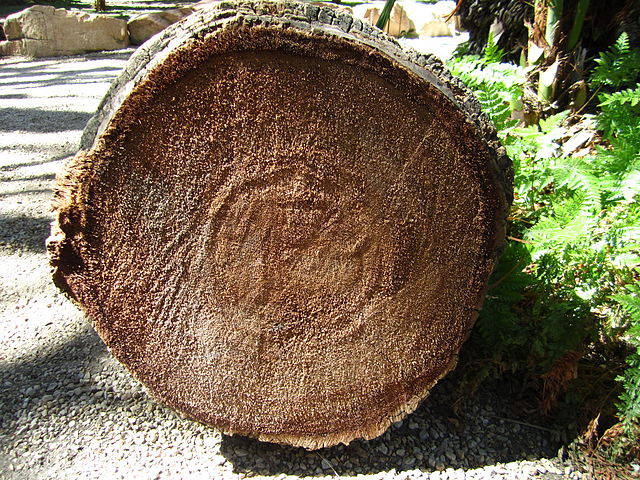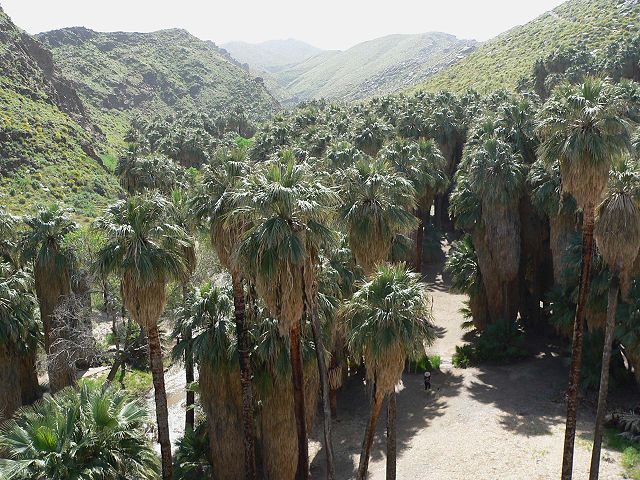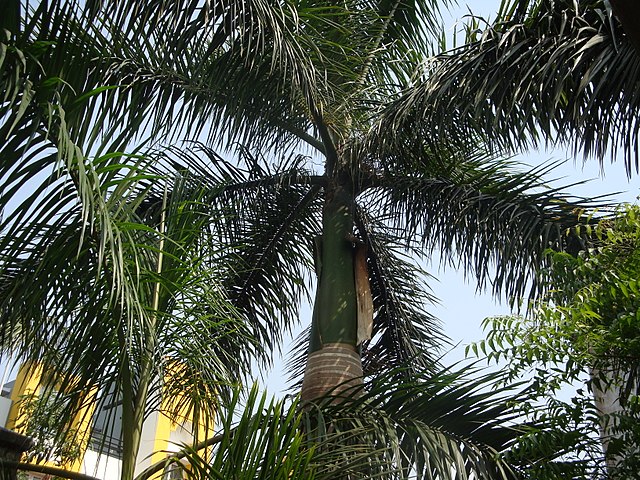Areca is a genus of 51 species of palms in the family Arecaceae, found in humid tropical forests from the islands of the Philippines, Malaysia and India, across Southeast Asia to Melanesia. The generic name Areca is derived from a name used locally on the Malabar Coast of India.
Areca
Khichdi is an Indian dish. This image shows a prasāda in a traditional areca leaf bowl at ISKCON Temple Bangalore.
The Arecaceae is a family of perennial, flowering plants in the monocot order Arecales. Their growth form can be climbers, shrubs, tree-like and stemless plants, all commonly known as palms. Those having a tree-like form are called palm trees. Currently, 181 genera with around 2,600 species are known, most of which are restricted to tropical and subtropical climates. Most palms are distinguished by their large, compound, evergreen leaves, known as fronds, arranged at the top of an unbranched stem, except for the Hyphaene genus, who has branched palms. However, palms exhibit an enormous diversity in physical characteristics and inhabit nearly every type of habitat within their range, from rainforests to deserts.
Arecaceae
Sawn palm stem: Palms do not form annual tree rings.
This grove of the native species Washingtonia filifera in Palm Canyon, just south of Palm Springs, California, is growing alongside a stream running through the desert.
Two Roystonea regia specimens. The characteristic crownshaft and apex shoot, or 'spear', are visible.






